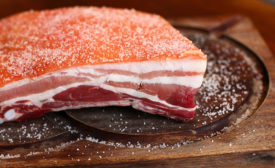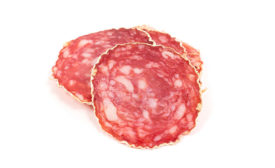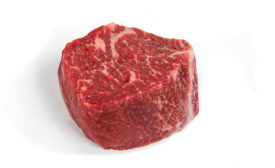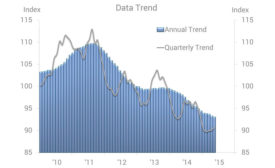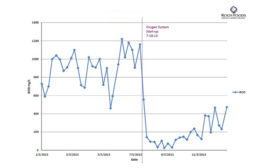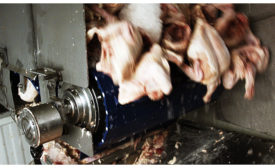Meat and Poultry Processing
Properly treating skin issues during pork processing is crucial for preserving product integrity.
Read More
Slicing technology: An innovative edge
Blade sharpeners, embedded chips and vision technology continue to keep slicers running.
Read More
Meat Science Review
Optimizing lamb to meet demand
Identifying the preferences associated with American lamb quality in retail, foodservice markets.
Read More
Wastewater treatment: the phosphate puzzle
Magnetized, nano-sized particles could help poultry processors remove phosphate from wastewater.
Read More
Process control: Crunch, analyze and control
Refining process-control strategies and methods for the meat industry.
Read More
Protein Problem Solver
Oxygenation system helps Koch Foods cut wastewater BODs
August 6, 2015
Protein Problem Solver
AlaTrade Foods uses drum motors to ‘drive’ efficiency, food safety
August 4, 2015
Special Report
Cooking & Chilling: A tale of two temperatures
Cooking and chilling systems are getting greener, faster and newer — yet still working together to keep product quality and safety at the top of its game.
Read More
Stay ahead of the curve. Unlock a dose of cutting-edge insights.
Receive our premium content directly to your inbox.
SIGN-UP TODAYCopyright ©2024. All Rights Reserved BNP Media.
Design, CMS, Hosting & Web Development :: ePublishing
